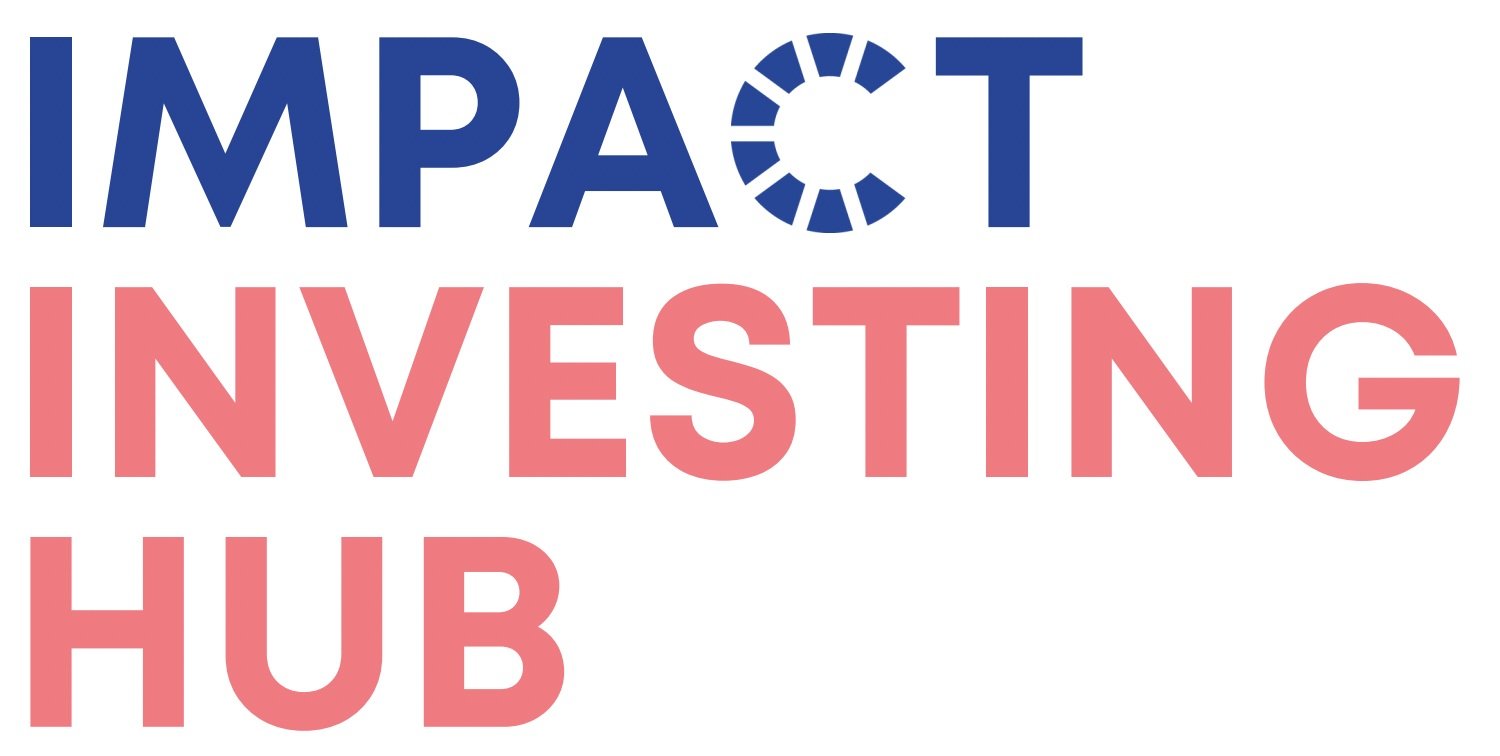Australian Impact Investing in 2023
Impact investing is a type of investment that sets out to achieve positive social and environmental impact, alongside a financial return, and measure the achievement of both. In Australia, impact investing is an increasingly popular investment approach as more investors look to align investments with their values and make a positive impact on society and the environment.
In this article we take a look at the Australian impact investing landscape for 2023:
Impact investing in Australia continues to be a small but growing market. Social Impact Hub’s Professional Impact Consultant and chief impact officer for NorthStar Impact Funds Michael van Niekerk highlights that while the impact market is relatively small in Australia, it is forecast to grow exponentially to around $500 billion by 2025, from the $30 billion recorded at the end of 2021 according to Responsible Investment Association Australasia (RIAA) data. Whilst this is positive for the impact investing market in Australia, van Niekerk notes that the RIAA research was undertaken before the dramatic fall in markets in 2022. Despite this, it appears as awareness around climate change and Australia’s pressing societal issues continue to grow, there will be increasing interest in impact investing from retail investors, who are looking for value aligned investments.
Government has a key role to play in supporting a prosperous Australian impact investing sector. In the 2019-20 the Australian federal Government established the Social Impact Investment Taskforce to develop a strategy for a Commonwealth role in the social impact investing market. The Taskforce includes an Expert Panel supported by a team within the Department of the Prime Minister and Cabinet and is chaired by Michael Traill, chairman of the Paul Ramsay Foundation. Based on consultation with the sector and looking internationally for learnings relevant to Australia, the Taskforce developed a series of recommendations for government, most notably:
The establishment of an impact capital wholesaler similar to Big Society Capital in the UK;
To focus more on outcomes-based government funding;
The creation of an early stage foundation or fund to support entrepreneurs to provide capacity building, mentorship and support for organisations to help them win early-stage capital, similar to what has been done in the UK with Access Foundation.
Van Niekerk highlights that the key benefit for government in adopting the recommendations in 2023 would be to ‘leverage its financial contribution from private sector capital while achieving their social objectives in areas such as housing, aged care and early learning’.
Environment focused SDGs continue to be popular investment themes for Australian impact investors: It is perhaps unsurprising that with all the extreme weather events in Australia over the past two to three years, more investors in Australia are focusing on investments that contribute to better environmental outcomes, such as renewable energy projects, sustainable agriculture, and water infrastructure. This trend looks set to continue in 2023, particular with the Commonwealth Government’s renewed focus on net zero commitments. In their research, the Social Impact Investment Taskforce noted that while environmental investments make up the majority of the value of impact investments, 60% of investments were socially focused, indicating there are more social than environmental investments, but they are of a lower dollar value. Internationally, the trend is similar with Phenix Capital Group finding that Climate (SDG 13) and renewable energy (SDG 7) related SDGs account for most investments, with SDG 12 (focused on responsible production and consumption) rising in prominence.


